
Solar farms have gained popularity over the years, and several landowners wonder if their property is suitable for a solar project. Solar developers say that the site for the solar farm must be levelled, clean, and dry. This defines a general overview of the site standards.
It is important to remember that ideal land is rare and difficult to find. Solar developers will try their hardest to find a unique way to adapt a site for the project.
This article will help landowners better understand whether or not their property is a suitable fit for a solar farm by elaborating on what solar developers look for in a location. Without further ado, let’s get started.
Different Sizes of Solar Farms
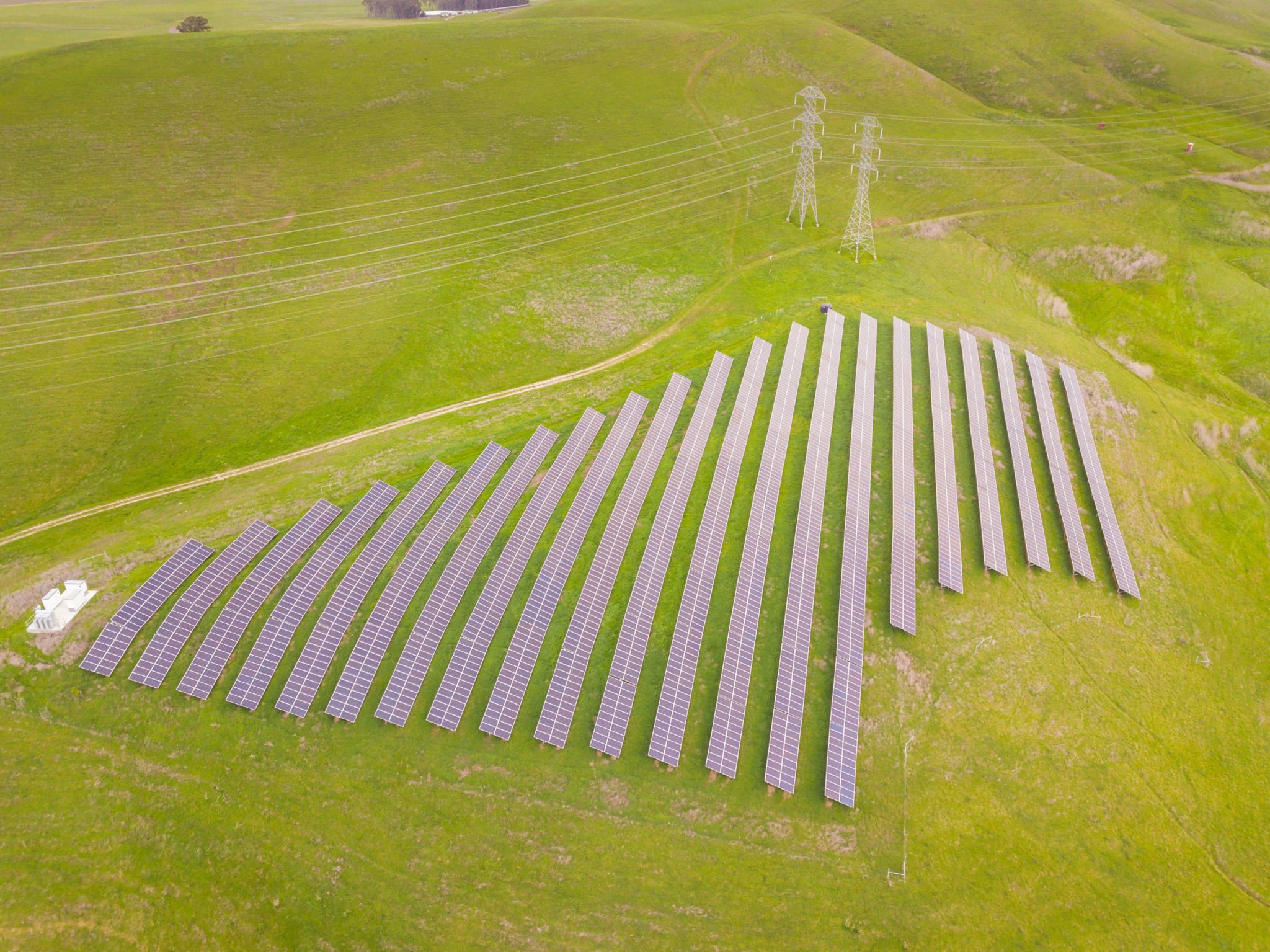
Community solar farms typically range in size from five to forty acres and are considered medium-sized projects. However, the size of a solar farm can vary, and you can’t estimate the size of the solar farm until you know the laws in a particular region and the sort of company creating the site.
Utility-size projects could combine several nearby parcels to attain the quantity of land required for the project’s objective. Each DC megawatt needs roughly five acres of land that may be used for construction, according to a general rule of thumb that can be applied to farm size.
You can determine the size restriction of your solar farm by following the utility policies, legislation, the business model of the solar developer, or the electrical restrictions of adjacent infrastructure
How to Plan Solar Farms?
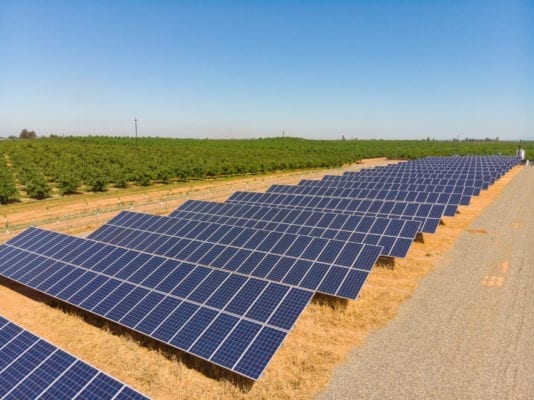
A solar developer will consider the following while assessing a site:
- Topography
- Landscape
In general, a location will be better for solar development if it is flatter. However, houses do not always need to be precisely level for solar to function. Furthermore, to improve the system’s exposure to the sun, it can even be advantageous for sites to have a modest slope to the south or east.
Additionally, project developers have been able to build on locations with even rolling hills and easy grades. In some cases, site preparation by developers may include light tree and shrub clearance as well as some earthwork. But doing so could significantly increase project costs and eventually jeopardize its viability.
Solar Farms Typography
After topography, the solar developer should be concerned about the grave issues of wetlands and floodplains. According to the rules for solar farms, they cannot be built inside a 100 or 500-year floodplain or where there are any wetlands.
If landowners are unsure of wetland or floodplain restrictions on their property or believe the maps provided by government authorities are inaccurate, they can consult a solar professional.
What are the Land Requirements for Solar Farms?
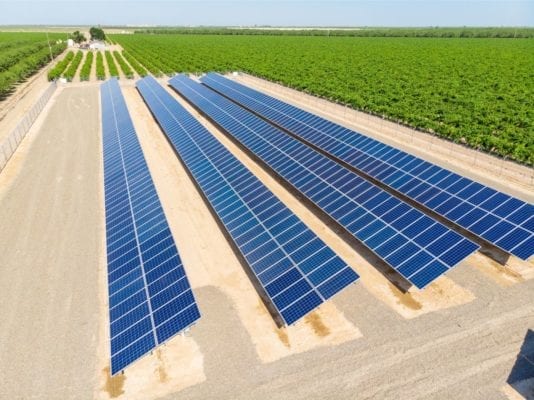
Whether a developer is constructing a project on ten or a thousand acres, they must construct it close to a utility’s infrastructure. Developers prefer to be close to three-phase distribution lines and, ideally, a substation when building community solar farms.
While a project may be located distant from a substation, the area where it is located must have sufficient three-phase distribution line capacity. Once a project is built, it will immediately connect to tap into these distribution lines to supply the electrical grid with the energy produced by the solar plant.
In case of a lack of distribution lines close to the site, a developer shall pay the installation fee for the distribution extensions. This increases project costs significantly and can make a location unsuitable.
Building Solar Farms
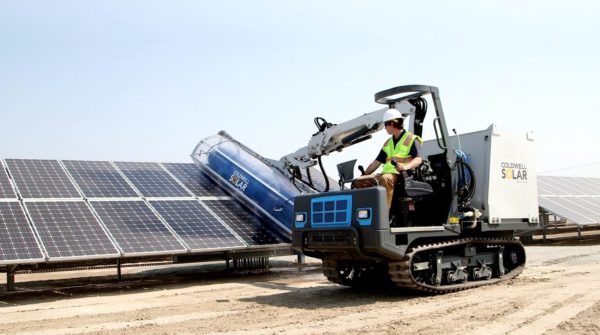
Solar developers must collaborate with the Local Authority Having Jurisdiction (AHJ) to secure the necessary permits before building a solar farm. These requirements include permits for electrical construction, grading, zoning, and land usage.
It is helpful that a site is located within a jurisdiction that has established a system for approving solar farms or is prepared to collaborate with solar developers to determine the proper permitting criteria.
These regulatory requirements can be costly and time-consuming for many solar farms, making it difficult for projects to stick to tight deadlines and budgets. Solar developers are always prepared to collaborate with an AHJ to create suitable permitting standards, regulations, and practices.
Is Your Land Acceptable For a Lease For a Solar Energy Farm?
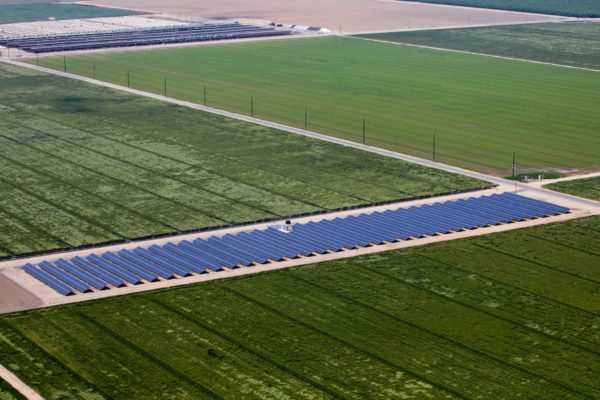
Each piece of land has specific advantages and disadvantages of its own. You can contact a solar developer to determine whether the land is suitable for a solar energy farm. You can use these as broad principles to get a general idea:
1. The Size of Your Land
As a general rule, 2.5 acres of land are needed for the solar panels (1kW of solar panels require 100 sq. ft.), and the remaining space is needed for solar equipment for 1 MW of solar power output.
Even if you estimate 5 acres to be equivalent to 1 MW, you might not be able to use all of your property for mounting solar panels. You can only use a portion of your land for building a solar farm under local zoning laws.
Usually, this represents 60 to 70 percent of your land. This means that if you have a 10 acres plot of land, you can only use 6 acres for a solar farm. Accordingly, a 10-acre site can produce about 1 MW of solar energy.
Commercial solar farms range in size from 25MW to 1GW, while neighborhood-scale small solar farms are typically 1–10 MW in capacity.
2. The State of the Land
You cannot use your land to grow crops or do farming. However, there are requirements for your land before you build a solar farm on it:
- Clear, flat land
- Not a wetland
- Less than 5 degrees of land inclination
- Year-round availability of sunshine
- A stable site to accommodate solar panels
- No greenery or vegetation
Although smaller plants like bushes and shrubs can be removed, doing so will increase the project’s overall cost. Larger trees provide shades that are bad for the production of solar energy.
3. Infrastructure Proximity
The location of your solar farm has a significant influence on energy production. The farm sends the solar energy it produces to the grid. Typically, a substation is used for this, and the arrangement’s viability may be impacted by how close the substation is to your property.
The cost to link your property to the substation will be higher if it is too far away. According to the standard guideline, it should be within two miles. The presence of a three-phase power is essential with the presence of a substation.
Wide roads and other infrastructure accessibility can increase the developer’s interest in your site. The developer will have easier access to the infrastructure needed to construct, run, and maintain the solar farm if it is close to towns and cities.
4. Local Laws and Ordinances
Nothing can be done if municipal restrictions prohibit the construction of solar agriculture farms on your land. Clear municipal rules should permit the solar panel farm’s development, interconnection, and operation.
The developer may become disinterested in the project if the land restrictions are extremely restrictive about the ratio of land that can be used for development. A solar energy farm project has a lower success rate if it requires too many permits and licenses to use the property. This is often true where there are fewer solar farms.
While some local governments mandate solar farm screening or visual barriers, others mandate that specific areas be left undeveloped for ecological reasons, including the environment of a protected bird, animal, or plant species.
How Many Solar Panels Fit Per Acre?
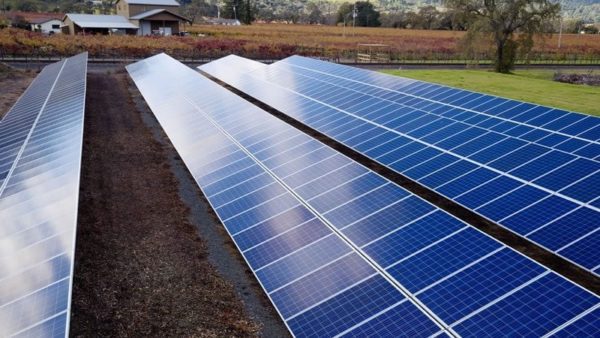
Theoretically, 2,000 solar panels can be installed on an acre of land. The solar panel size, local building codes, and other considerations will affect this amount differently. The sustainable energy office or equivalent organization in your county or city would be the finest source of information.
Step 1: Calculate the Size of Your Solar Panels
When figuring out how many solar panels can be placed in a given space, it is essential to consider the panel size. There isn’t a single ideal dimension for all kinds of designs. Therefore, before making your choice, you should consider the terrain, local building regulations, and other aspects. Usually, a 100–300 watt panel takes around 2 square meters.
Step 2: Determine How Many Solar Panels Will Fit on Your Land
The regular solar panel occupies roughly 2 square meters. With some arithmetic, we can determine that one acre could theoretically hold about 2,000 solar panels because an acre is 4046.86 square meters.
Step 3: Determine How Many Hours of Direct Sunlight Your Land Receives
The output of solar panels is determined by the quantity of sunlight they receive as well as the strength of the sunbeam. The peak sunshine hours, which is midday, can vary based on the season and your location.
Step 4: Determine the Amount of Energy Your Solar System Generates
The energy output of solar panels can be estimated through various methods, but most are highly technical and involve complex calculations. However, you can quickly determine how much solar energy your system produces.
You can calculate your energy production by multiplying the number of solar panels with solar panel wattage and the number of hours with direct sunlight.
Coldwell Solar Can Design and Build Your Solar Farm
To sum up, everything that has been demonstrated so far, 5 acres is enough for a solar farm but keep in mind that you can use all the space to mount solar panels on your land. Contact Coldwell Solar for detailed information and the overall installation process if you want to switch to clean and green energy.

